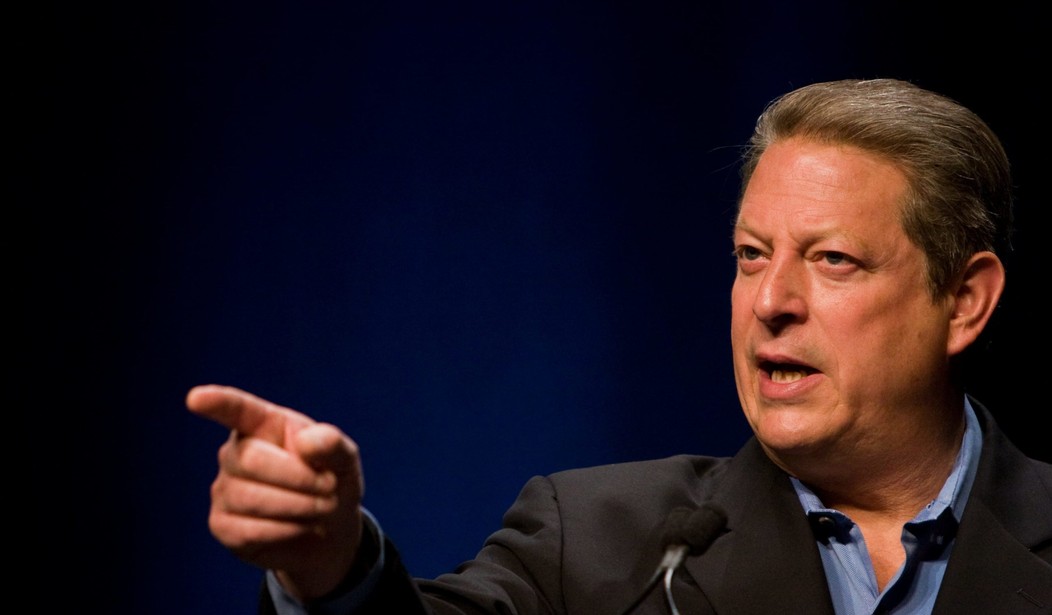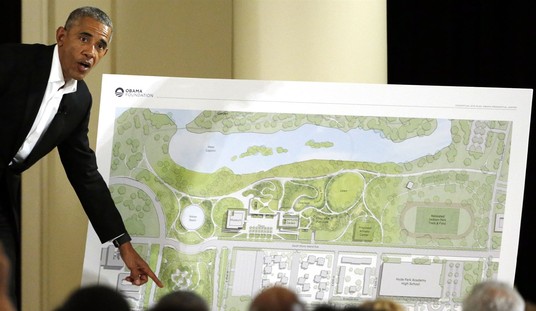President-elect Donald Trump has said he will cancel American involvement in the Paris Agreement on climate change. Commentators have pointed out that, under the treaty’s rules, Trump would need to wait three years from the date on which it came into force, November 4, 2016, to officially notify the United Nations of U.S. cancellation. Even then, the withdrawal will not take effect until one year later.
However, there is a faster, more effective way for the U.S. to exit the Paris Agreement.
The above guidelines are indeed within the Paris Agreement — but UN climate agreements are actually based on the UN Framework Convention on Climate Change (FCCC).
The FCCC was signed by President George H. W. Bush and other world leaders at the Earth Summit in Rio de Janeiro in 1992. Per the FCCC, signatory countries are given the option of quitting provided they wait three years from the date on which the Convention came into force, March 21, 1994, with the withdrawal to take effect one year later.
So the U.S. could exit the FCCC one year after officially notifying the UN, which it can do at any time.
Most importantly, exiting the FCCC would remove the U.S. from the Paris Agreement as well. Read the crucially important phrase from Article 25 of the FCCC:
Any Party that withdraws from the Convention shall be considered as also having withdrawn from any protocol to which it is a Party.
Leaving the FCCC results in an automatic exit from the Paris Agreement. Indeed, Article 28 of the Paris Agreement itself concurs:
Any Party that withdraws from the Convention shall be considered as also having withdrawn from this Agreement.
There is precedent for a country to remove itself from an agreement: Canada did. And the precedent shows that the correct course of action is to instead withdraw from the FCCC.
In 2011, Stephen Harper’s Conservative government realized that Canada was not going to meet greenhouse gas (GHG) emission reduction commitments made by the previous Liberal government under the Kyoto Protocol to the FCCC. So — at the last possible moment — Harper’s administration formally notified the UN that Canada was withdrawing from Kyoto, as allowed under treaty rules.
But Harper did not withdraw from the FCCC itself. So when he lost the election to the Liberals in 2015, Prime Minister Justin Trudeau made Canada a signatory to what is in effect another Kyoto: the Paris Agreement.
Trudeau did not tell the public that — like Kyoto and all other UN climate agreements — the Paris Agreement effectively includes an opt-out clause for the source of most of the world’s GHG emissions: developing nations. This opt-out clause does not apply to developed countries.
FCCC Article 4 states:
Economic and social development and poverty eradication are the first and overriding priorities of the developing country Parties.
Actions that significantly reduce GHG emissions would entail dramatically cutting back on the use of coal — the source of most of the developing world’s electricity. As coal is usually the least expensive source of power, reducing GHG output by restricting coal use would undoubtedly interfere with development priorities.
So, developing countries almost certainly won’t do this, legitimately citing FCCC Article 4 as their excuse. The outspoken and often controversial President Rodrigo Duterte of the Philippines (which gets 29% of its power from coal) gave us a preview of what we should expect when he said the following in July:
You are trying to stymie [our growth] with an agreement … That’s stupid. I will not honor that.
UN climate treaty supporters have speculated that the inclusion of a new phrase added to the agreements in 2014 — that countries’ responsibilities will be decided “in light of different national circumstances” — will impose tougher requirements on poor nations as they develop.
This is naïve.
Article 4 has been the foundation of all UN climate negotiations, and developing countries will not allow this to change. Chinese negotiator Su Wei made this clear when he explained his government’s position that the purpose of the Paris Agreement is to “reinforce and enhance” the FCCC, not rewrite it.
In 1997, the U.S. Senate voted 95-0 against accepting treaties like Kyoto and Paris in which developing countries are not held to similar standards as we are.
Led by the late Senator Robert Byrd (D-WV), congressional representatives from across the aisle agreed upon the Byrd-Hagel Resolution:
[The U.S.] should not be a signatory to any … agreement regarding the FCCC … which would mandate new commitments to limit or reduce GHG emissions … unless the … agreement also mandates new specific scheduled commitments to limit or reduce GHG emissions for Developing Country Parties within the same compliance period.
That is why former President Bill Clinton never submitted Kyoto to the Senate for approval, a step required by the Constitution for international treaties.
It is also why Obama has not submitted the Paris Agreement to the Senate, attempting instead to convince Americans that it is not actually a treaty.
When announcing U.S. withdrawal from the FCCC, Trump should explain that, besides the dubious science underlying climate change concerns, no agreement based on the FCCC as currently written satisfies Byrd-Hagel.
He must make it clear that Paris, and indeed all UN climate agreements, are not in the best interests of the United States. It is time to focus on solving real problems that have real solutions.









Join the conversation as a VIP Member